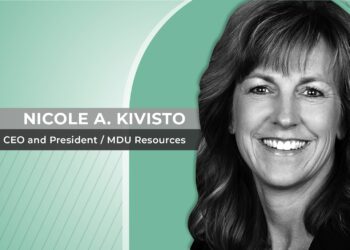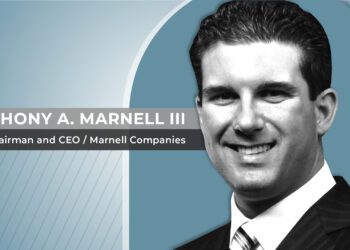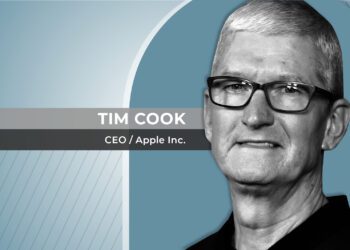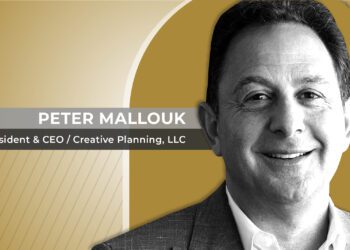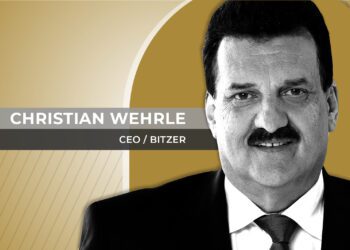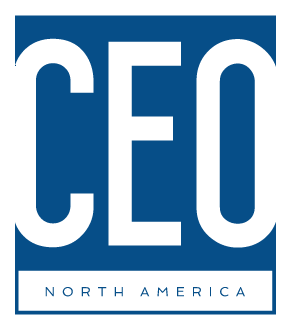As businesses transition to a more digital process of paying suppliers and employees, FLEETCOR CEO Ronald F. Clarke believes his company is ideally positioned to lead this transformation.
THE COVID-19 Pandemic showed people the importance of the digital economy in every area of their lives from ordering meals and groceries to paying bills and carrying out business transactions. This has driven companies of all sizes, industries and geographies to place an increased emphasis on building digital relationships with customers. For Ron Clarke, CEO of FLEETCOR, however, his company has been building toward this future for over 20 years.
“There are various trends going on post-COVID with the most prominent being this drumbeat around digital financial payments,” Clarke told CEO Magazine in an exclusive interview. “For example, in our fuel card business, which accounts for 44 percent of our company’s revenue, 55 percent of all new accounts are sold digitally. Everything from customer service to advertising has gone digital. It’s a mega trend for a company like ours.”
FLEETCOR is a leader in global payments serving hundreds of thousands of business customers in over 100 countries across North America, Latin America, Europe and Asia Pacific. The company provides its customers with a variety of solutions for paying supplier and employee expenses in a simple and secure manner. FLEETCOR’s performance has been recognized repeatedly over the years with the company landing on the Fortune 1000 list and Clarke being named one of Forbes Most Innovative Leaders in 2019.
“It starts with our track record,” Clarke responded when asked what differentiates FLEETCOR in the increasingly crowded fintech space. “Since I joined the company 20 years ago, we’ve compounded revenues and profits more than 20 percent annually for all of those years, with the exception of 2020 due to COVID impacts.”
GOING BEYOND
In addition to the strong leadership team, Clarke outlined three core strategies that have helped FLEETCOR establish its track record of growth. The first is simply growing its existing solutions organically through investments in sales and marketing. He described how FLEETCOR has built an effective sales engine over the last 20 years with broad distribution and digital marketing capabilities. The second strategy for Clarke is identifying where existing product solutions can be extended to “go beyond” their current use into adjacent market segments. And the final area of growth is acquiring new companies and successfully integrating them into the broader FLEETCOR portfolio.
Clarke defined the principle of “going beyond” as constantly monitoring FLEETCOR’s core businesses to determine where to expand its offerings to serve adjacent customer needs and spur growth. “For example, in our Corporate Pay—or Payables—business, we have an impressive line of foreign exchange, virtual card, and accounts payable automation solutions for middle market companies representing $400 million in revenue and roughly 5,000 customers,” he explained. “So, our ‘Beyond’ idea is moving down market to tap into the six million U.S. SMBs with more than one employee.”
Clarke cited another example of the Beyond strategy employed by FLEETCOR as its toll payment business in Brazil where motorists have radio frequency identification (RFID) stickers on their windshields that automatically identify the car and customer before carrying out the necessary transaction. Clarke believed there could be significantly more opportunity in this business segment which currently has nearly six million tags on vehicles.
“A few years ago, we had the idea to target a segment of customers located in cities where there’s another 20 or 30 million cars that do not or infrequently travel on toll roads,” Clarke elaborated. “So, we created an urban set of RFID passes for parking at sporting venues, airports, malls, gas stations, and even McDonald’s, which became one of our largest clients in Brazil last year. We’ve been taking the most successful businesses we have and looking at how we can steer them to an adjacent segment for larger growth opportunities.”
ACQUISITIONS
Acquiring and integrating new companies is another core growth strategy. FLEETCOR has made over 80 acquisitions since 2000, helping transform the company into a global payments leader. Clarke attributed the success of these numerous acquisitions to having a very clear thesis on how each company can accelerate growth after they are acquired. He also indicated that future company acquisitions will focus on companies with a digital-first business model that fits FLEETCOR’s portfolio.
A recent example is the acquisition of a Danish company with a cloud-based bill pay software solution that serves the small business market. “The acquisition in Denmark takes a digital business targeted to Europe and creates a whole new SMB market opportunity here in the U.S.,” Clarke explained. “We’re always on the lookout for interesting companies with a large underserved existing customer base or with some unique technology that fits the needs of our customer base.”
In short, Clarke sees no end to the possibilities for FLEETCOR as it ventures forward into an increasingly digital future. Yet while the growth strategies they have implemented have enabled the company’s impressively fast growth, Clarke was quick to emphasize that at the core of FLLETCOR’s success is its employees and the commitment and talent they bring to the party.
“There’s demand for the transformative digital solutions we offer, but what sets this company apart is our people,” he insisted. “I think the people we bring to the game are a notch above our competitors, and that’s what’s really driven us forward.”
By Anthony Moran


